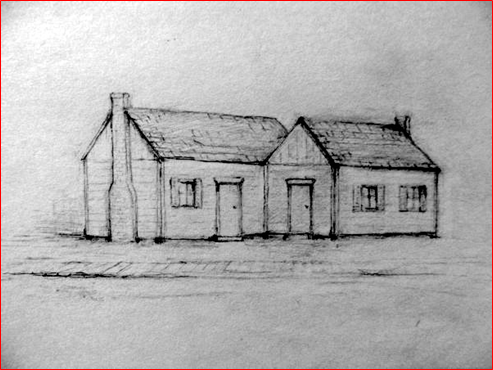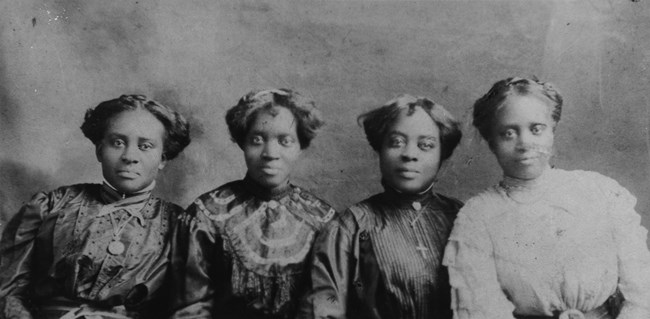Last updated: April 13, 2023
Article
Springfield Advocates of the 19th Century
Adapting, Leading, Dreaming: Springfield Advocates of the 19th Century

Jenkins Lot 2015 Excavations and summary of Findings 2013-2015, National Park Service
James and Martha Ann Pelham Blanks
In 1831, Nat Turner led a slave rebellion in Virginia, enraging slave holders and leading to laws (Black Codes) that made life harder for African Americans like James and Martha Blanks. The Blanks left Virginia, and by 1842, purchased lots near the Lincoln Home in Springfield.
The Blanks invested in advocacy and education. James raised funds to create an African American school. After moving to Chicago, Martha connected with abolitionists, raising money to send supplies to formerly enslaved people.
Read more:
Richard E. Hart, "Jameson Jenkins and James Blanks: African American Neighbors of Abraham Lincoln," Spring Creek Series, Abraham Lincoln Association, 2017.

Sangamon Valley Collection
Eva Carroll Monroe
An orphan herself, Eva Carroll Monroe knew the challenges of raising siblings alone. Her nurturing skills followed her into her profession.
Monroe served as president of the Illinois Federation of Colored Women’s Clubs, whose motto read "loyalty to women and justice to children.” Progressive organizations fundraised for Monroe’s Springfield facility, the Lincoln Colored Home, which opened in 1898.
Read more:
Wanda A. Hendricks, "Eva C. Monre: Social Welfare Reformer and Advocate for Children," 2003.
